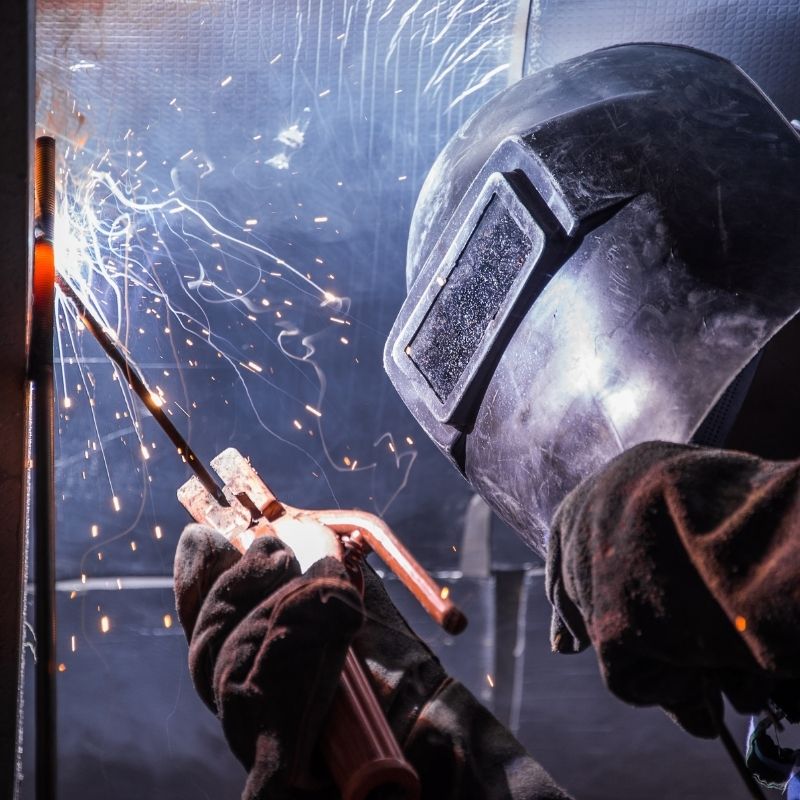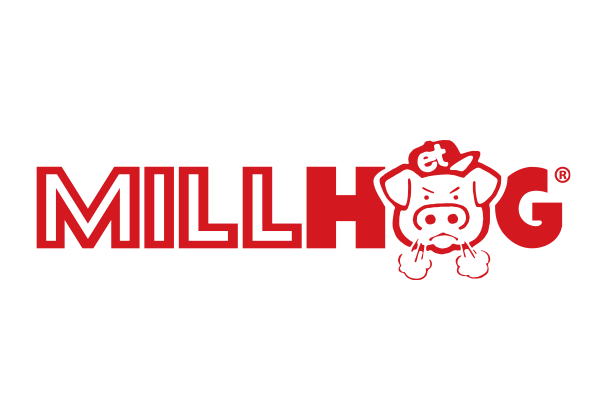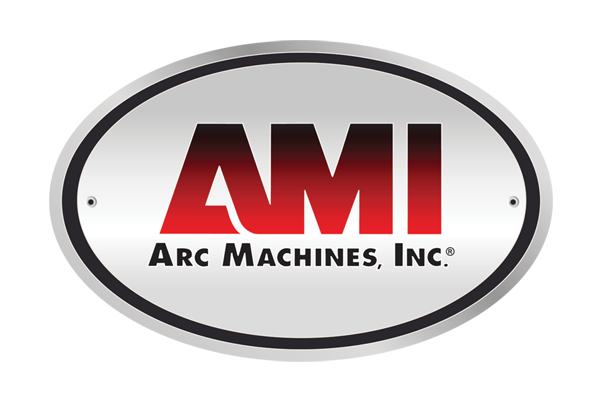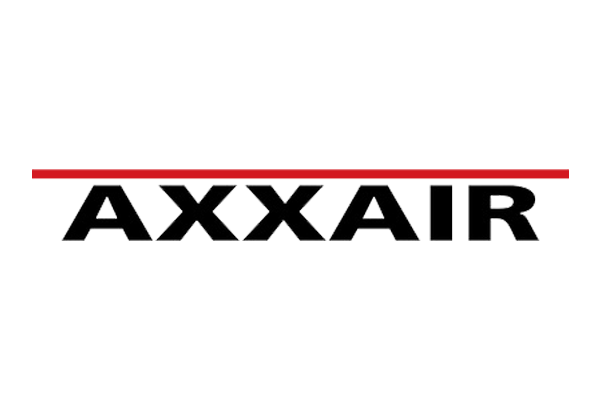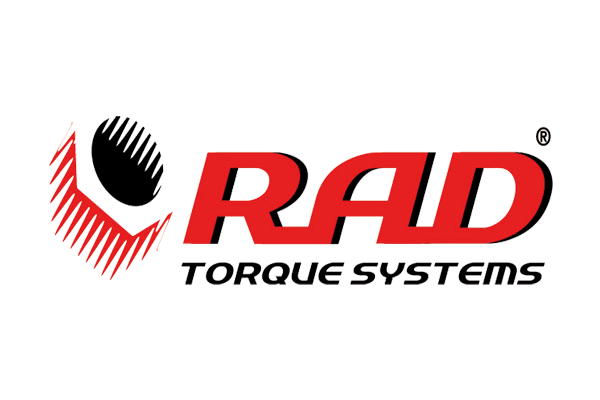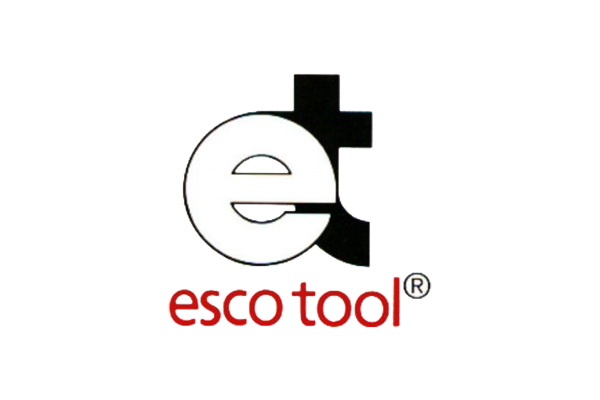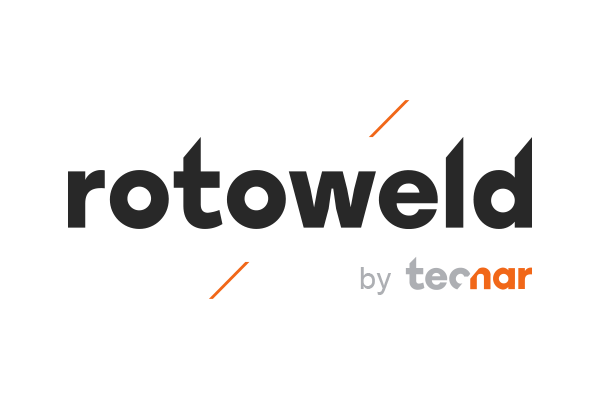Types of Welding Electrodes: Consumable vs. Non-Consumable
The core of any successful welding project lies in utilizing the right equipment. Needless to say, fabrication services would be nearly impossible without the function of these specialized tools and gear. Specialized applications require various materials and equipment for the best results. When it comes to quality, the most important welding tools are categorized as metal rods, familiarly called electrodes.
Welding electrodes are specified lengths of metal wires that vary in material, diameter, and coating. These coated wires connect to a welding machine to form an electric arc. As the current passes through this selected wire, the arc generates heat to melt and fuse the metal. Within the realm of electrodes, two distinctive categories exist. The main component of any professional welder’s job is to select the most appropriate electrode for project application. To ensure quality welds, let’s examine the types of welding electrodes, specifically consumable vs. non-consumable.
Consumable: SMAW/MIG Welding
Consumable electrodes contain several key characteristics that set them apart from their parallel non-consumable counterparts. Generally, consumable electrodes are widely utilized in metal inert gas (MIG) or shield metal arc (SMAW) welding, contain lower melting points, and are made out of steel with filler material. The lower melting point designates the weightiest difference—these electrodes fully melt away as the welder works, becoming the structured weld fusion. Hence the name consumable, as the main metal consumes the electrodes during use.
Selecting the ultimate choice of consumable vs. non-consumable wiring depends on more than the categorical types of welding electrodes. Bead quality, parent material, splatter minimalization, and weld strength are all high determining factors. Assorted coated and flux consumable variations are available for strong arc generation but tend to carry fewer industry applications overall.
Non-Consumable: Fusion/TIG Welding
On the other hand, alternative welding employs the regular use of non-consumable electrodes. These electrodes have higher melting points and do not directly melt into the metal throughout the welding process. Converse from consumable electrodes, non-consumables act solely as heat-generating arcs during metal fusion. That said, their coating deposit similarly determines utility.
Traditionally, two separate categories of non-consumable or non-filler electrodes are available for project application: carbon or tungsten. Tungsten specifications are especially applicable in a wide array of industries. Utilizing tungsten inert gas (TIG) welding, non-consumable electrodes offer better arc stability, longer life, and superior resistance to contamination. The final choice of rod material and filler metal mainly depends on the parent materials set up for welding.
Orbital Welding: Machinery for Critical Specifications
Turn to SEC Industrial for specialty tools and fusion welding equipment. SEC is a long-standing reputable resource for orbital welding, cutting, and torquing products. We sell and rent quality equipment for expert orbital welding applications, such as fusion welding of tubes, pipes, fittings, or other cylindrical components. For high-quality, repetitive welds or more critical applications, contact us today about our assorted products and services.
